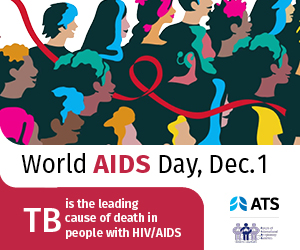“In order to serve thousands of people and combat food insecurity, our algorithm helps food banks manage their food resources more efficiently – and patrons get more nutrition,” said lead researcher Faisal Alkaabneh, Cornell’s first doctoral graduate in systems engineering.
Alkaabneh and his adviser, Oliver Gao, professor of civil and environmental engineering, are co-authors of “A Unified Framework for Efficient, Effective and Fair Resource Allocation by Food Banks Using an Approximate Dynamic Programming Approach,” published in the journal Omega.
The researchers reviewed data of the Food Bank of the Southern Tier, which serves six counties in upstate New York. In 2019, the food bank distributed 10.9 million meals to about 21,700 people each week. Nearly 19% of its patrons are seniors and about 41% are children, according to the group’s data.
Last year, the food bank distributed 2.8 million pounds of fresh fruit through 157 partner agencies, and moved about 3.4 million pounds of food through local mobile pantries.
The algorithm Gao and his team used to determine how to allocate several food categories efficiently, based upon pantry requests, demonstrated a 7.73% improvement in efficiency from 2018 to 2019, compared to standard food bank allocation practices. Their calculations also showed a 3% improvement in nutrition using a wider variety of food, Alkaabneh said.
“We hope our research is used as a baseline model for food banks improving practices,” Gao said. “and boosting nutrition and policies to help people at risk for hunger.”
For additional information, see this Cornell Chronicle story.
-30-



